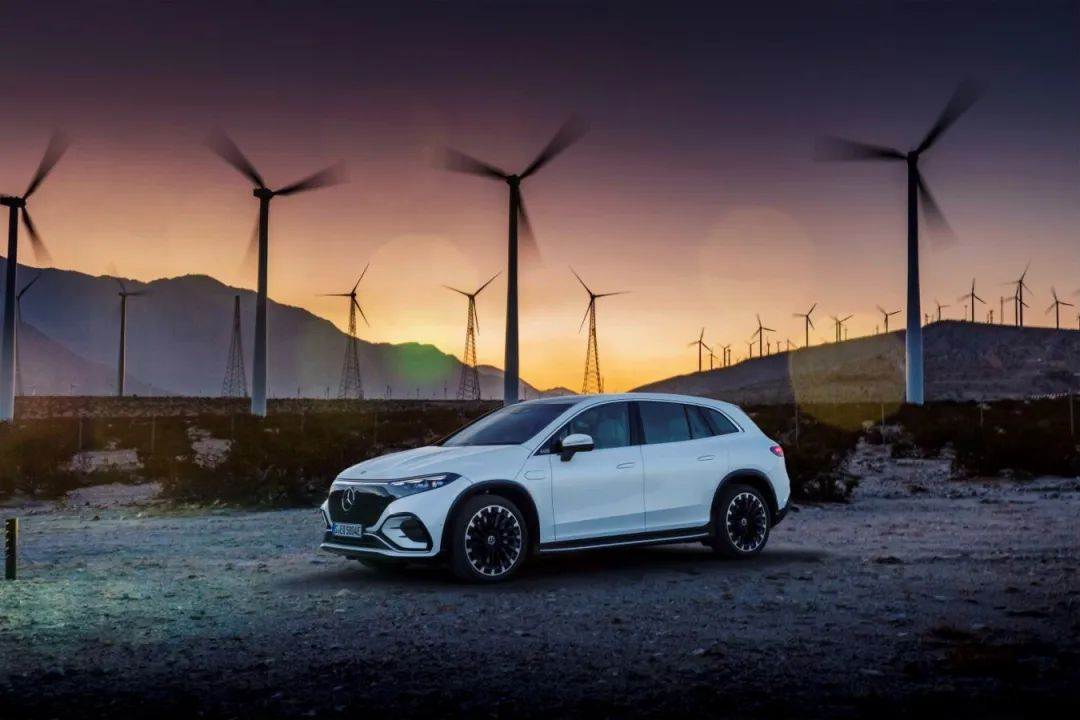Author: Rezz
-
The first SUV model, based on the EVA 2 pure electric platform, is being developed and built forward.
-
3 rows of 7 seats, 2100 liters of ultra-large loading space, WLTP standard endurance up to 660 kilometers, creating a luxurious pure electric long-distance family travel.
-
Front and rear permanent magnet synchronous double motor, 858 Nm peak torque, 4MATIC+ exclusive off-road mode, and the highest 10-degree active rear wheel steering: A truly off-road capable electric vehicle has arrived.
-
Sustainable manufacturing milestone-Produced in a 100% carbon-neutral way, providing intelligent solutions for zero-emission travel.
In Mercedes’ product line, the GLS class and the S class have always been the most important top models. The GLS class represents a grand and practical approach, featuring state visits by heads of state and the mysterious appearance of black GLS models in Hollywood blockbusters.
In the era of electric cars, after the EQS, Mercedes has launched the EQS SUV of the EQ electric family, showing the world what a luxury electric SUV from Mercedes should be like.
As early as October 6, 2020, the Mercedes-Benz Group announced its plan to produce pure electric SUVs, including the flagship EQS SUV. Over the past two years, SUVs such as EQC, EQB, EQA, and others have successively come onto the market, and after two years of speculation and spy photo exposures, Mercedes-Benz finally globally released its flagship pure electric SUV-EQS SUV on April 19, 2022. In the last preview video before the official unveiling, the silhouette of this grand and magnificent SUV appears in the mirror image of the water, highlighting its size and grandeur.
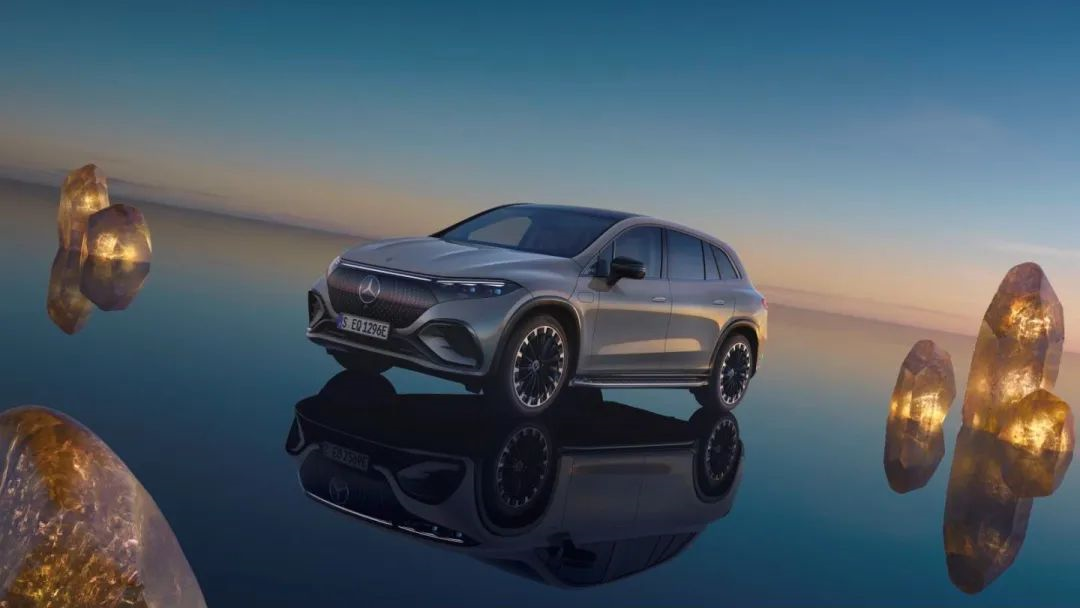
Looking at the large pure electric SUVs of their German rivals, the BMW iX7 is still nowhere to be seen, the iX does not have seven seats, and the Audi Q6-Etron has yet to be born. Mercedes EQS SUV can therefore be considered as having taken the initiative.
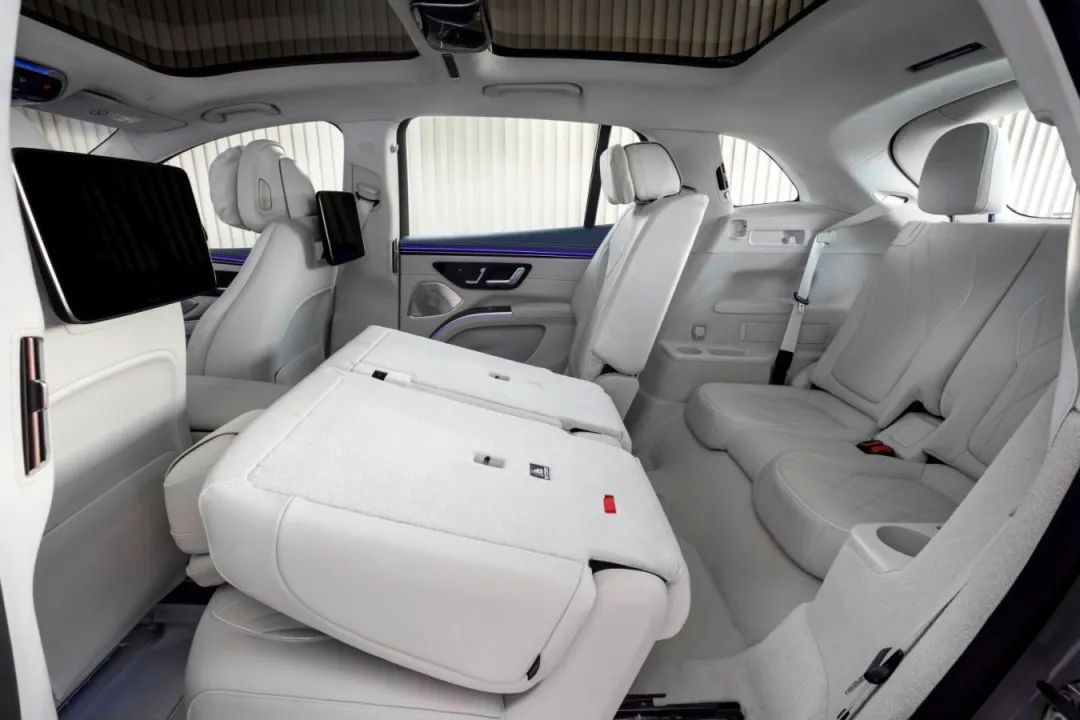
In Mercedes’ recently announced three-step electrification strategy, including the already introduced internal combustion engine/electric power hybrid platform (EQC, EQA, and EQB), the EVA 2 large luxury pure electric platform, and the MMA small and medium-sized pure electric platform that will debut in 2024. Among them, the EQS and EQE sedans were born on the EVA2 platform, and this EQS SUV is the third.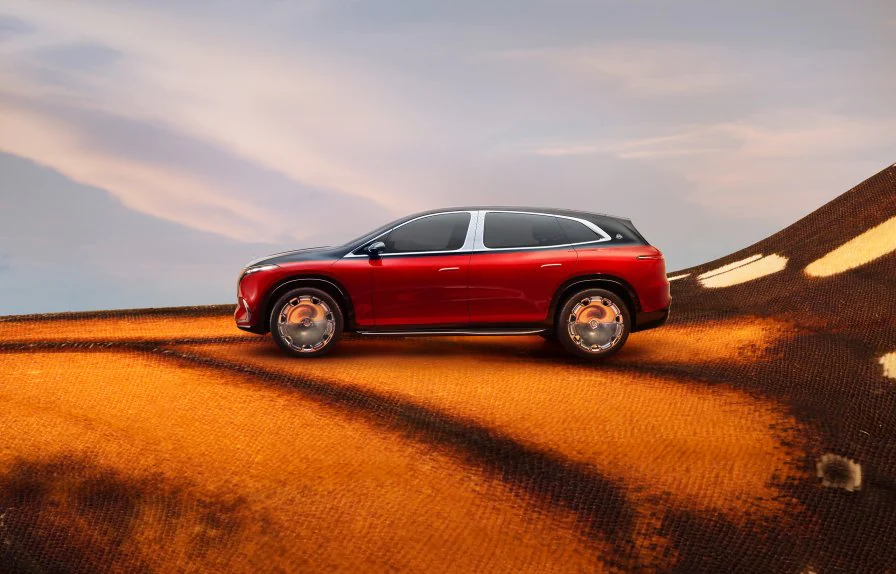
As shown in the picture, the overall appearance of the new car is similar to that of the previously unveiled Maybach EQS SUV, which retains the design style of the EQ family. The overall design only retains sleek body lines to provide full luxury. The body size is 5125/1959/1718 mm, and the wheelbase reaches 3210 mm. The enclosed dark starry grille and sharp headlights are integrated, fashionable and dynamic, and the three-pointed star design pays tribute to the classic trademark registered by Daimler-Motoren-Gesellschaft on February 9, 1911 at the German Imperial Patent Office.
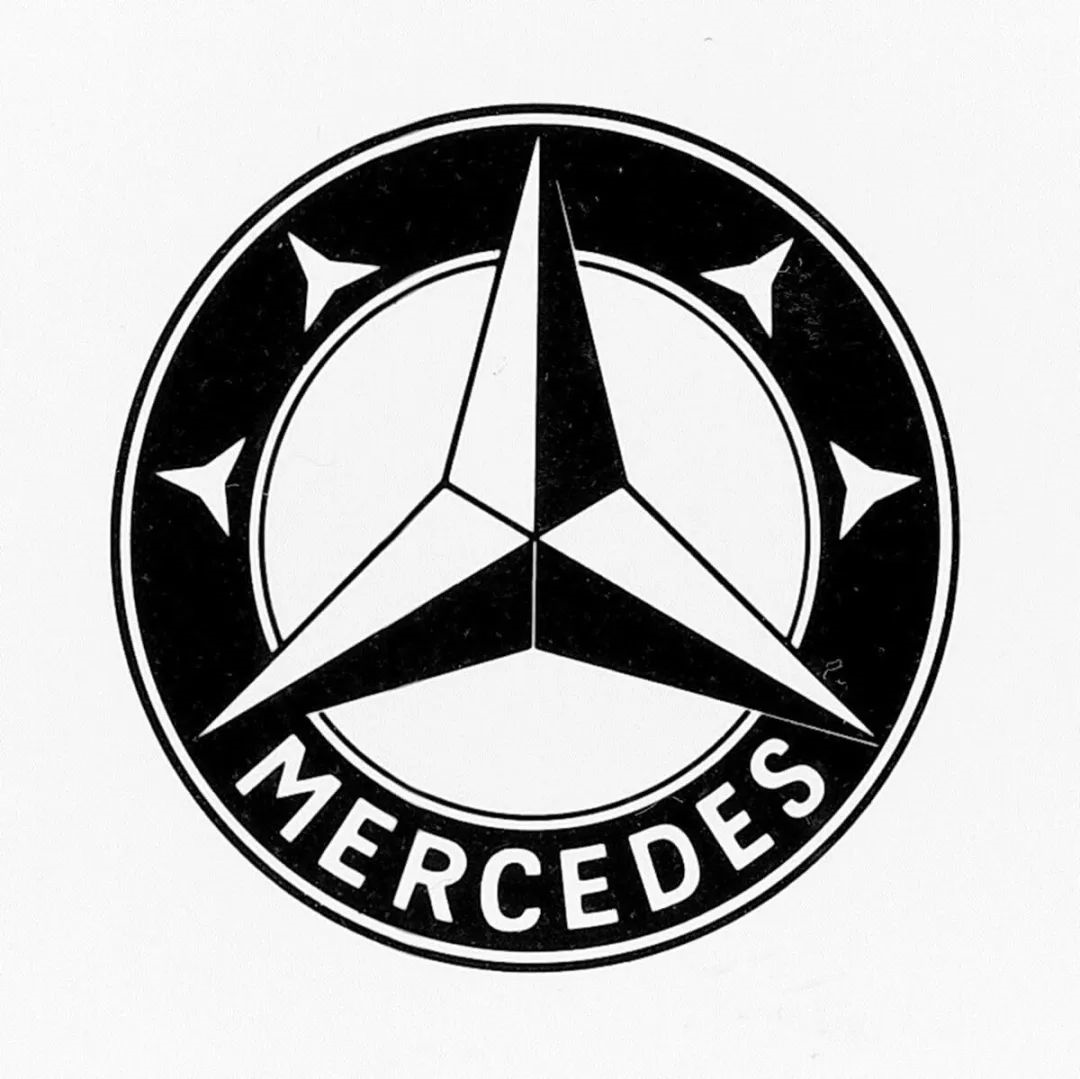
The rear of the car adopts the EQ family’s iconic through-type taillight design, further enhancing the recognition of the car model. It is worth noting that the initially created three-pointed star of the Mercedes-Benz trademark was later incorporated with the word “Mercedes” in 1916, and four small stars were added as well.
The original concept of the three-pointed star came from Paul and Adolf Daimler. They marked their home on a postcard, which was an extension of the three-pointed star trademark design, because Adolf’s father Gottlieb Daimler used to serve as the technical director of Deutz gas engine factory. The three rays also symbolize Gottlieb Daimler’s vision of making Daimler engines available in three fields: land vehicles, ships, and aircraft.
Although the price and 0-100 km/h acceleration of the model were not announced at this press conference, considering that the starting price of EQS in the domestic market is 1.08 million yuan, the price of the EQS SUV will only be higher. Consumers and automobile practitioners can speculate that the main competitors of the EQS SUV will be Tesla Model X and BMW iX, both of which are also priced at the million-yuan level. One provides a seven-seat option but is basically discontinued, and the other has no seven-seat but has just been launched for less than half a year.From the perspective of the dimensions of the car, the EQS SUV is larger than the two competitors, and it is likely that the space inside the car and the luggage compartment size are also larger. Although the length of the EQS SUV is slightly smaller than that of the EQS, whose platform it is built on, the wheelbase is the same at 3210mm, and the width is wider. Therefore, I found that the Mercedes EQS SUV currently has no competitors in its class, except for its own fuel flagship, the GLS.
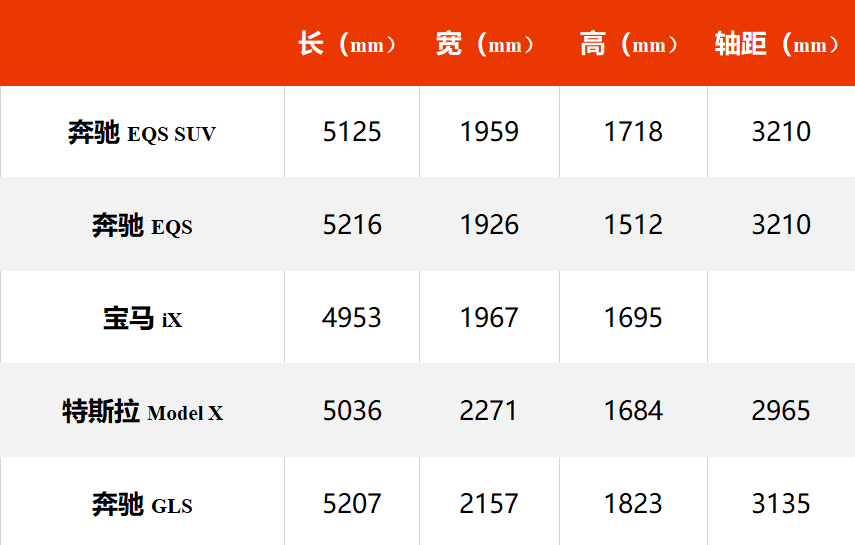
Of course, in addition to its styling and size, the most important selling point of this Mercedes EQS SUV is its luxurious and technological interior, in which it will definitely not disappoint you. In terms of interior design, following the consistent inheritance of the Mercedes-Benz EQ family, it retains the EQS’s supersized 1.41 meter Hyperscreen, which uses curved OLED technology. The three touchscreens almost span the entire center console area and are well integrated with the air outlets on both sides, demonstrating the concept of a unified and inclusive design.
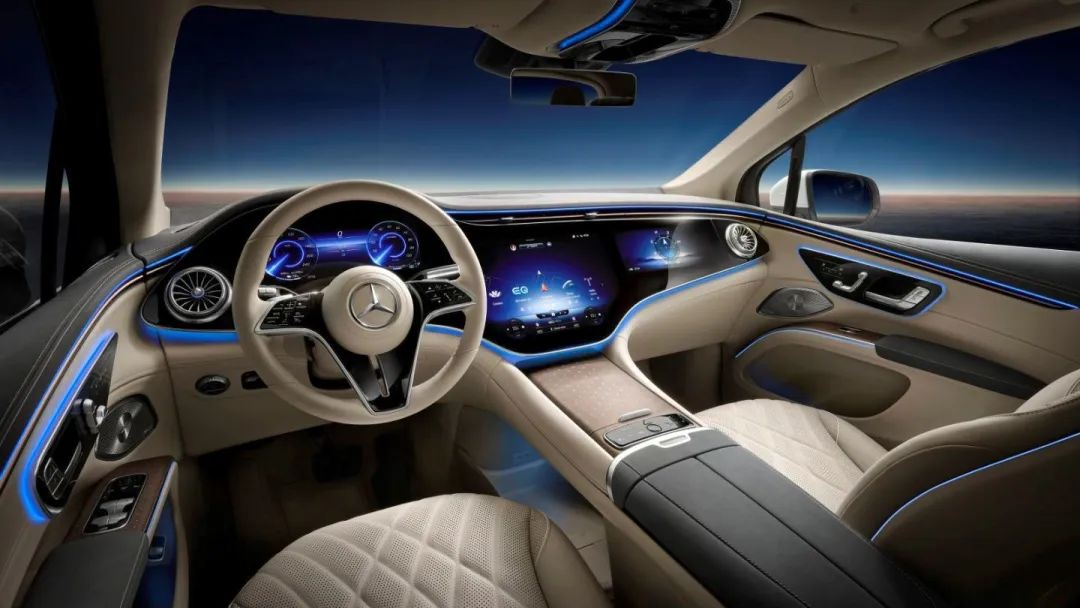
This system is equipped with an 8-core CPU and 24GB of memory, including an Nvidia Xavier AI chip. The entire system can also learn the driver’s habits and actively provide reminders and suggestions for functions such as seat heating and air conditioning. These artificial intelligence assists are a few of the big selling points that Mercedes, as the leader in the new electric era of automobiles, should have as the flagship model.
It can be said with confidence that in this flagship pure electric SUV that can “understand you in seconds,” Mercedes has once again invented many world firsts in terms of car interaction and new functions. After all, every generation of Mercedes flagship models (such as the touchscreen steering wheel and rear airbags first appearing in production cars in the Mercedes S-Class) has played the role of pioneer, leading the development direction of future intelligent transportation.
In addition, the EQS SUV offers two HUD options, one is the AR-HUD, with an open screen angle of 10 degrees horizontally and 5 degrees vertically, and a focal length of 10 meters. The other option is the Basic HUD, which has a focal length of 4.5 meters. The AR-HUD’s image is equivalent to a 77-inch display, providing clearer content for driving assistance and navigation information, making the driver more immersed in the environment in front of the car, and further reducing the chance of the driver being distracted by looking down.The front passenger benefits from a 12.3-inch OLED display, which allows them to watch videos independently while the vehicle is in motion. However, to prevent the driver from being distracted, the infotainment system will automatically darken the screen if the in-car camera detects the driver trying to watch the front passenger screen. Of course, like the Porsche Taycan, this front passenger screen is optional and can only display 7 predefined configuration files, unlike many domestic new energy vehicles that have additional entertainment screens with customizable content.
In terms of materials, the Mercedes EQS SUV offers seven interior color combinations, two seat styles, and is paired with high-quality leather and wood to enhance the luxurious feel. The car’s air purifier also uses a new smell called “No. 6 MOOD Mimosa,” which is based on the aroma of black chocolate. “6” is chosen because Mercedes-Benz’s first electric car actually used “6” as its model number and was added to the Mercedes model series as early as 1906.
This 760 kg lead-acid battery-powered vehicle is equipped with two 10 horsepower motors and can reach a top speed of 35 km/h. It seems that Ferdinand Porsche, the founder of Porsche, also participated in the development of electrical vehicles long ago. In 1898, his Egger-Lohner C2 Phaeton, powered by an octagonal motor, reached a top speed of 25 km/h with 3-5 horsepower. In terms of pioneering electric vehicles, Mercedes-Benz can also be considered a pioneer as well. The little Easter egg that pays tribute to the “6” car from 1906 might be hard for many to spot.
In addition, the EQS SUV will also be equipped with a Dolby Atmos sound system and an air filtration system with HEPA-level filter elements. As part of the “Clean Air Shield,” the HEPA filter system (High-efficiency particulate air filter) has a volume of 9.82 cubic decimeters and purifies incoming air with a very high level of filtration, exposing over 99.75% of particles of all sizes. About 600g of activated carbon is used to filter out odors, with an adsorption area equivalent to about 150 soccer fields.
As for power, the new vehicle is expected to be equipped with a 107.8 kWh battery pack, with a maximum range of around 660 km (WLTP test cycle), and can be charged from 10% to 80% in less than 30 minutes.
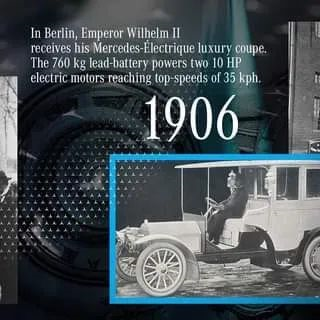
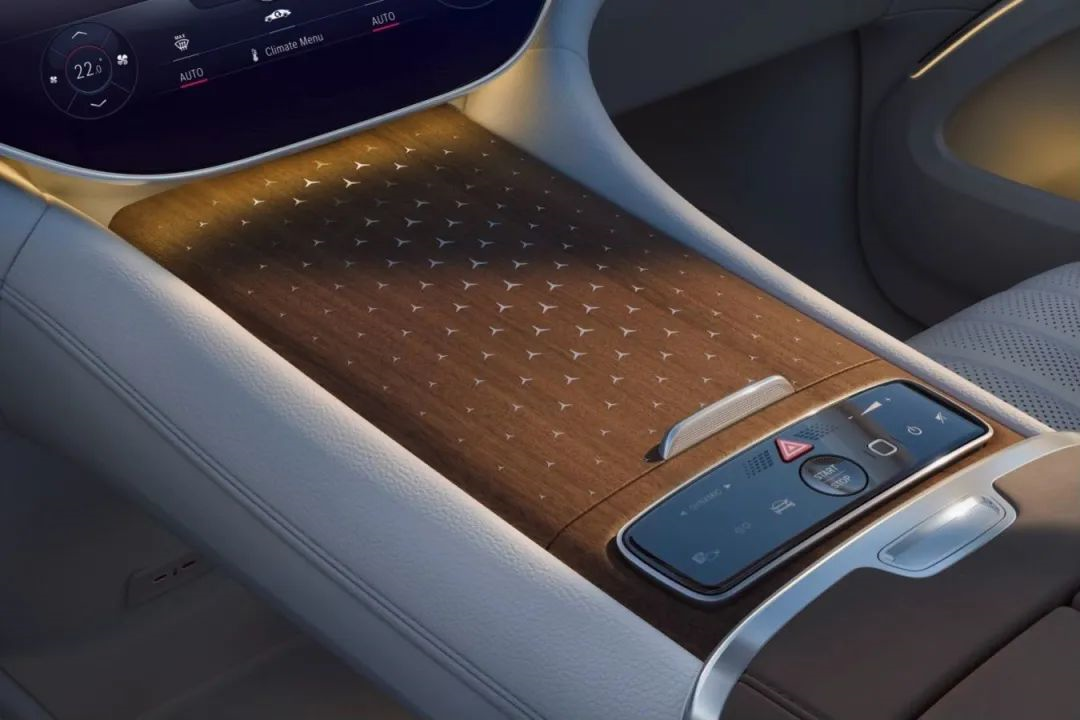

The EQS 450+ purely electric SUV version with single-motor rear-wheel drive has a maximum power output of 265 kW and a torque of 568 Nm. The more expensive EQS 580 4MATIC+ purely electric SUV version can achieve a power output of 400 kW and a torque of 858 Nm. In addition, if an AMG version like the EQS AMG 63 4MATIC+ is launched later, the maximum power output can be increased to over 560 kW and the torque can exceed 1000 Nm.
Another difference between EQS SUV and sedan is the off-road and rough road capabilities of EQS SUV. Equipped with powerful motors, 4MATIC all-wheel drive system, and intelligent “off-road” driving mode, when activated, the EQS SUV can raise the chassis height up to 25cm, making it more capable of handling off-road conditions. It’s hard to imagine driving a million-dollar EQS sedan on a rough road, but the EQS SUV with upgraded chassis and power tuning can provide some off-road capabilities, giving car owners more travel scenarios and boundaries.
Building cars and embracing environmental protection: hosting the ESG forum, halving carbon emissions by 2030
Just a week before the launch event, on April 11, 2022, the Mercedes-Benz Group held its first global ESG forum to announce the specific measures it will take to reduce carbon emissions.
At the forum, the Mercedes-Benz Group stated that it will further accelerate its transition to “completely electric” vehicles, striving to reduce the carbon emissions of the entire product life cycle by 50% compared to the average level in 2020 by the arrival of 2030. They will also purchase additional energy through “Power Purchase Agreements” with renewable energy to meet more than 70% of their energy needs.
At the same time, they will continue to focus on green charging, battery technology, battery recycling, building a green steel supply chain, sustainable materials, and other aspects. They will also gradually achieve carbon neutrality in all of their self-operating factories. According to their plan, Mercedes-Benz plans to increase the proportion of plug-in hybrid and pure electric products to 50% of their sales by 2025 and lay the foundation for the brand’s comprehensive transformation towards pure electric vehicles by 2030 under appropriate market conditions.
It’s evident that Mercedes-Benz Group has spared no expense this time. As a brand with a century-long history, Mercedes-Benz’s advantage lies in its strong financial foundation, technological expertise, and powerful brand influence. With the backdrop of rising oil prices, government incentives, and rapid expansion of the new energy market, traditional luxury companies led by Mercedes-Benz and BMW have ushered in a transformational opportunity. The years around 2022 coincide with the concentrated outbreak of Mercedes-Benz’s new energy products. Therefore, in these two years, Mercedes-Benz has a good chance to make achievements in the new energy market.
Of course, in the increasingly fierce competition in the domestic new energy vehicle market in 2022, it may not be enough to rely solely on the powerful influence of the Mercedes-Benz brand to consume purely electric Mercedes-Benz cars. To continue the dual harvest of sales and reputation in the new energy vehicle market, Mercedes-Benz Group is left with a small question of how to achieve it.
Ola Kallenius, the CEO of Daimler Group, the parent company of Mercedes-Benz Group, stated at the press conference that the EQS SUV is dedicated to creating “the world’s most desirable electric car”, and 9 pure electric models will be released in one go before the end of this year. I also look forward to the day when this happens soon.
This article is a translation by ChatGPT of a Chinese report from 42HOW. If you have any questions about it, please email bd@42how.com.
